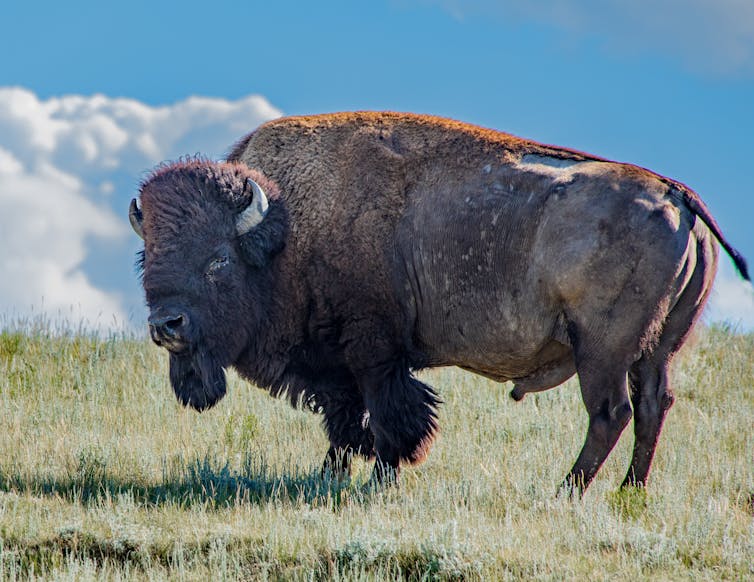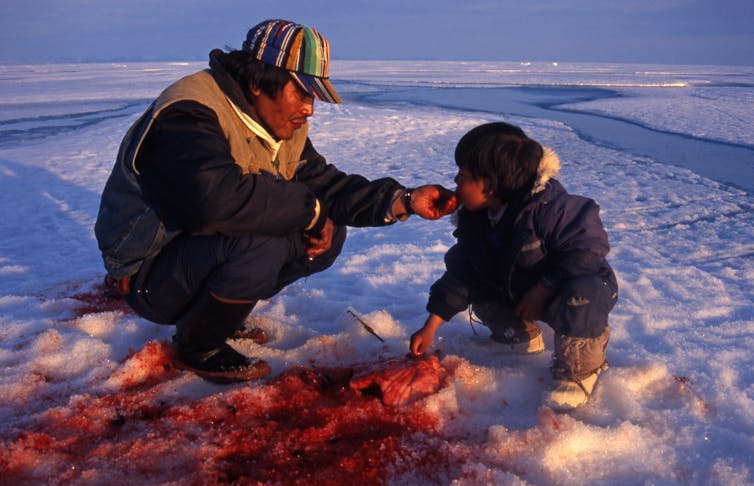Our meat obsession is destroying the planet

Globally, we eat around of meat every year. By 2050, that figure is projected to reach . This rising number reflects how like pigs, chickens and cows for consumption by humans has been as essential to our existence. This between humans and other animals was a core value of of places like the US.
In New England, as English colonisersвҖҷ practice of continually farming maize without giving the fields a rest was destroying soils вҖ“ leading to reduced crop output вҖ“ the English began hunting local animals for extra food. When these species became depleted, they started to tame and rear domesticated animals to feed expanding coloniser and enslaved populations.
This practice of taming animals was used by colonisers not only to distinguish themselves from the native вҖңsavagesвҖқ they believed to be in their way, but also to assert land ownership through making animal domestication a precondition for claiming private property rights.
This had disastrous results. The region in central North America began by European domesticated species like cows, pigs, sheep, goats and horses, as well as invasive foreign plants like grasses along with associated insects and microbes.
These species quickly compressed soils and destroyed much of the long grass needed to support key species such as . Bison were not only highly valuable within local ecosystems thanks to their grazing patterns, they also played a vital role in many Indigenous populationsвҖҷ food systems and spiritual beliefs.
Not only were settlers inadvertently threatening bison populations by their farming habits, they also began slaughtering them in droves for food and . These were used to make drive belts for factories churning out mass produced consumer goods in North America and Europe. As a result, bison populations across North America an estimated 30 million in 1800 to only 1,000 in 1900.

Cree filmmaker has argued that the destruction of the bison was a form of genocide, since their slaughter was partly designed to render Native Americans and their cultures extinct. The loss of bison also led to declines in Indigenous plant such as wild rye, the compass plant, big bluestem and Golden Alexander вҖ“ plants which colonisers called weeds.
Meat economy
The birth of the modern meat industry required the transformation of these once biodiverse lands into ecologically sparse tracts for , where animals are crowded together in tiny compounds stretching for many miles. These systems replaced an Indigenous approach of mutual dependence between human and nonhuman animals within a balanced ecosystem.
Although animals were and are hunted by Indigenous populations, the fact that they are also has important consequences. Crucially, hunted populations are allowed to replenish themselves.
In contrast, around of farm animals across the world are born and reared on factory farms. Many live in cramped and squalid conditions where mistreatment, abuse and early death . A recent example of this in the UK was the mass due to labour shortages in the UK abattoir industry in October 2021.
WhatвҖҷs more, the global meat industry now accounts for 60% of from food production, which itself of total emissions вҖ“ creating even greater imbalances in our planetary environment.
Indigenous ethics
But there is an alternative. Indigenous ideas like вҖңrelationalityвҖқ and вҖңreciprocityвҖқ can help us all challenge our outlook on nonhuman animals. is the idea that all living things are interconnected, meaning that human lives depend on the ability to exist ethically alongside other creatures. Similarly, describes a commitment to caring for one another through acknowledging the web of ecological, social and spiritual relationships within which we all exist.
such as the and hunt, kill and eat animals while maintaining strong ethics of relationality and reciprocity. Understanding how the widespread commodification of animals has radically changed ecosystems and driven can help us combat these effects, creating a more sustainable world.

In these communities, hunting, fishing and foraging are ways of life. Yet respect is shown to living creatures to ensure their abundance. This is done by limiting kills, sharing and using all parts of animals, and paying spiritual tribute to animal deities.
Although these activities may not be possible for most of us, we can use similar principles to promote respect for animals вҖ“ and for the planet вҖ“ through to help wild animals thrive, abolishing and transitioning to .
Ultimately, debates on how best to protect our increasingly damaged planet must prioritise, rather than marginalise, and their immense value.
This article is republished from under a Creative Commons license. Read the .
